- Home
- Carbon wheel
- Carbon Rims
- Carbon Components
- Cycling Jersey
- BLOG
- Contact us
- Home
- Carbon wheel
- Carbon Rims
- Carbon Components
- Cycling Jersey
- BLOG
- Contact us
Endurance Vs Gravel Vs Cyclocross: What are the differences between these road bike? Which one suits you?
In recent years, the market for road cycling has become broader, and its functions and gameplay have become increasingly segmented. You can use the Endurance Road bike for a short trip, you can also use the CX road bike to challenge the rugged mountain roads, and you can also choose a gravel road bike to take an adventure without delay. For now, as long as it is where you want to go, there is a suitable road car for you to choose.
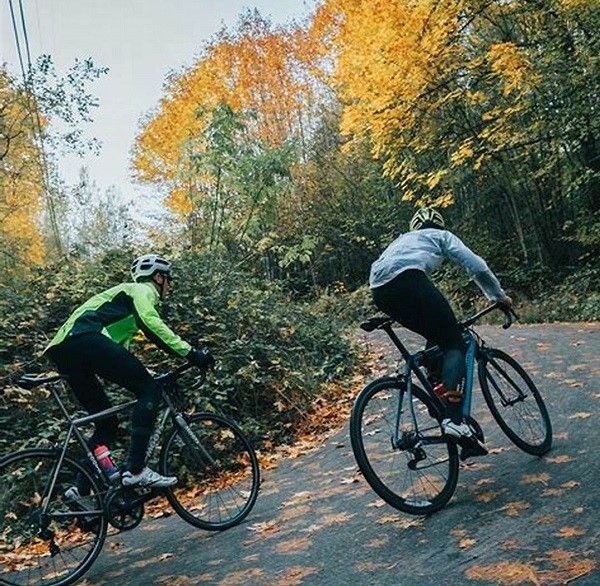
Although many people think that gravel can fit for all the scenes mentioned above, in fact, on some roads, gravel will also make you feel unpassionate and dull. So, what makes these three similar-looking road cars have unusual uses and feelings? Let’s take a look at the definitions of these three types of road vehicles, or the scope of use.
Gravel road bike

The first is the gravel road car. The gravel road bike has a wide range of uses. It absorbs many elements from the mountain bike, making it suitable for almost all road conditions. It can not only participate in CX cross-country race within the rules, but also carry out long-distance adventure riding. It is most suitable for high-speed riding on non-paved roads. This kind of bicycle is usually equipped with a lifting seat tube, wider tires and a single disc or double disc transmission system suitable for more road conditions. The specific differences will be explained in detail later.
Endurance road bike
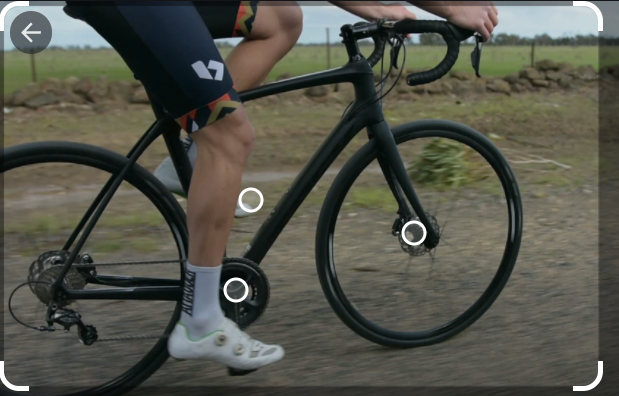
Endurance road bike used to be widely used, but they still limited some scenes compared with the later grade. Although the geometry of the frame is similar to that of gravel, with loose head tube, smaller drop and wider speed change range, there are still great differences in handling and comfort for more complex road conditions.
In order to make endurance road vehicles more comfortable and reduce the fatigue caused by road vibration, many brands have considered more longitudinal compliance in the frame design. For example, Trek's ISO speed technology, pinarello's rear suspension and so on.
In recent years, with the in-depth study of tire width, the whole industry is developing towards wider wheel frame and wider tire. In addition to the technologies mentioned above, endurance bikes generally have larger tire clearance, and most endurance bikes have been equipped with 28c tires as standard, and wider tires will be used in some case.
Cyclocross road bike

The full name of CX is Cyclocross. Because cross means X, it is called CX for short. This type of race first allowed drivers in cold Europe to participate in the race in winter. CX is an all-weather game, so you can often see the game on the muddy road in rainy and snowy weather. And there are various obstacles on the track, such as steps, sand, rocks and tree roots.
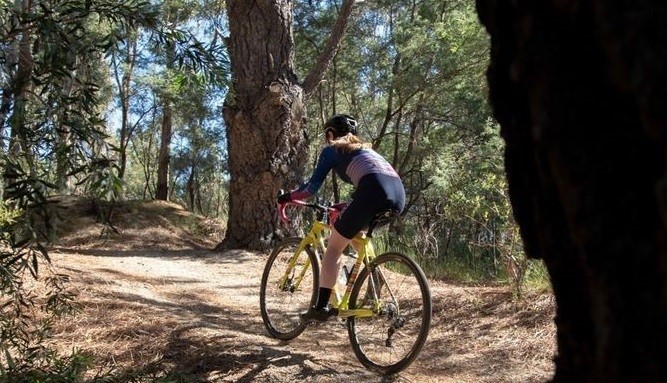
CX road bike and grave road bike have a lot in common, but there are some differences in details. To sum up in one sentence, CX is a more aggressive and radical gravel bike. Both bikes have versatility, comfort and durability, but gravel is better.
--------------------------------------------------------------
After understanding the concepts of the three bikes, we look at their respective characteristics from the most basic and differential part: frame geometry.
Geometric of Endurance Road bike frame
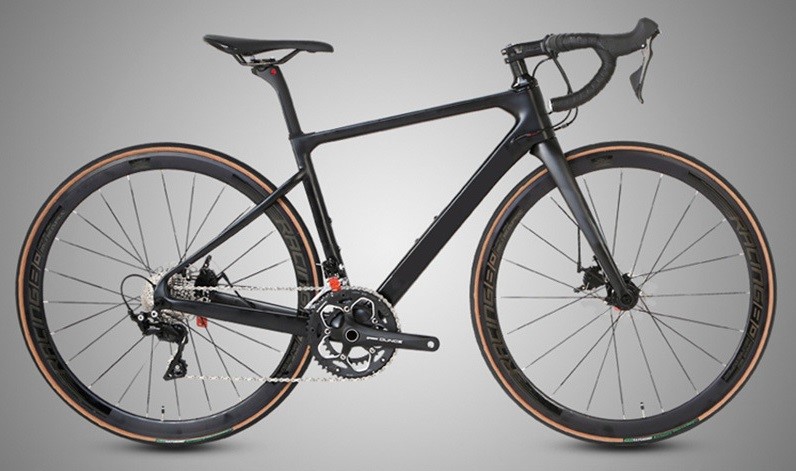
Since it is an endurance road bike, first of all, the driver's position must be more comfortable. There is a saying that how far you can ride depends on how long you can stay on the bike, which is a good interpretation of the importance of comfort. Endurance road bikes generally have a longer wheelbase and a smaller reach. The stack is also a larger stack, which can be exchanged for a more upright riding position. Although a part of the aerodynamic performance is lost, it is good for long-term riding.
This geometric setting allows riders to avoid premature fatigue of waist, back, shoulders, neck and legs during long journeys. Compared with competitive road vehicles, it reduces some flexibility, because the longer wheelbase and looser head tube also make the trolley frame less prone to toe overlap. (When steering, the front wheels will touch the toes.)
In terms of transmission, endurance road bikes pay more attention to the importance of cadence than the other two bikes. The range of gear ratios is more compact. Compared with competitive road bikes, the range of tire selection is also Larger can further improve comfort and smoothness, reduce road bumps, and let more vibration disappear in the tires instead of the rider's body.
Geometric of CX road bike
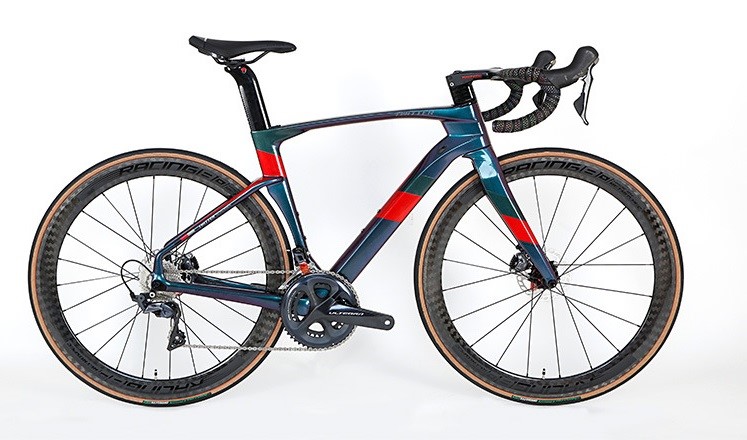
Compared with endurance bikes and gravel bikes, CX road bikes have two biggest differences. In terms of geometric angle, the head tube is more relaxed (smaller angle) and the distance of BB is larger.
These two characteristics are also extremely related to the competition environment. The more relaxed head tube angle can provide more stability when riding with large drop and low speed. Because the track environment of CX racing is extremely bad, it is difficult to compare with road bikes in speed, so the handling at low speed is very important.
For the second feature, BB has a larger ground clearance, which is well understood and can better deal with obstacles on the road. In addition, the higher ground clearance also allows the driver to tread when passing the curve without touching the ground. However, this will also make the rider's overall center of gravity higher, which in turn affects stability. Therefore, when riding, many riders will reduce the seat height by about 1cm to offset this change.
In the final tire width, although there is wider than compared to the endurance race, if it is to participate in the UCI race, the tire width of the CX road bike cannot exceed 33mm. At this point, gravel can be wider.
Geometric of Gravel Road bike
First of all, Gravel's design philosophy is to create more stability and comfort. Therefore, a longer wheelbase, a looser head tube, and a lower bottom bracket provide more stability for riding. The head tube is designed to be longer and taller, with a shorter post seat, so that the rider's riding posture is higher, so as to improve the comfort and vision of traveling and adventure riding. The slack head tube angle allows better low-speed control performance, and does not appear to be prone to "twitching" like some performance-type racing road bikes.
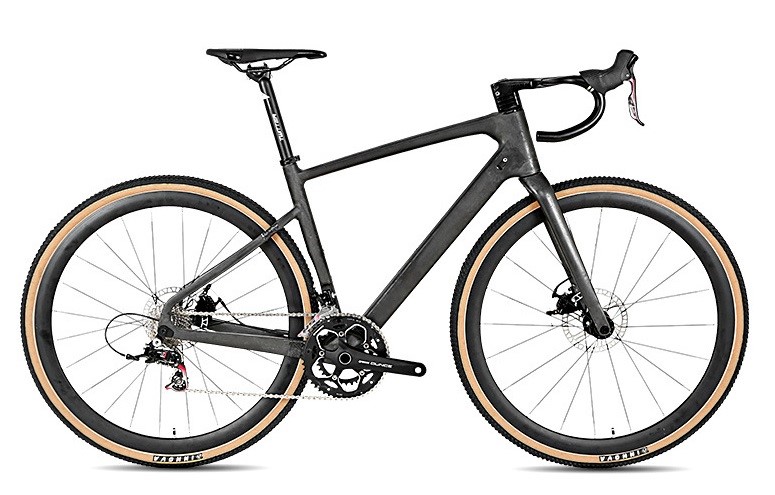
The design of the frame does not take reduce weight as the ultimate goal, which is also stronger than the road bike and increases the durability. Functionally, if you want to take a riding trip without delay, the additional mounting space on the frame is enough for you to carry the necessary equipment on the road. Moreover, almost all gravel road bike frame has the holes for two sets of water bottle cage. Especially for CX road bike, if they are pure CX road bike, there is no kettle rack hole on the frame.
If the first two still have some ring brake versions such as clamp and suspension brake, grave basically has the same disc brake design. Disc brake makes it easier for the frame to obtain wider tire clearance, and also provides braking performance on wet and muddy roads. Generally speaking, the tire width of grade is more than 35mm, and some can reach more than 50mm. Wider tires improve trafficability, comfort, grip and stability. And individual models also support 700C and 650C wheel sets at the same time, which greatly improves the playability.
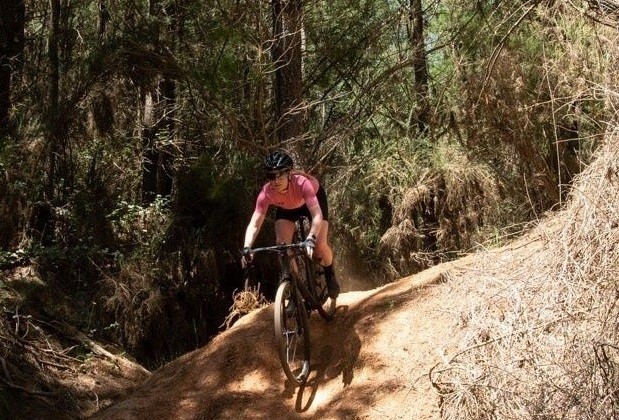
The transmission system is not so particular about Cadence (the rate of revolutions of the pedal crank), and more consideration is given to the usable range, mainly for the usability under low-speed riding, so the gear ratio range is larger, although some pedaling efficiency under high-speed riding is sacrificed, but for steep the ramps and soft gravel roads provide more choices.
So how should we choose?
If you see here and don't know how to choose, I think you should first ask yourself: "what kind of road conditions do I ride on, and what kind of rider do I belong to?
Or you can answer for me first. If I like long-distance cycling, like to explore more places I haven't been to, and will ride for more than 10 days or more, what kind of bike should I choose?
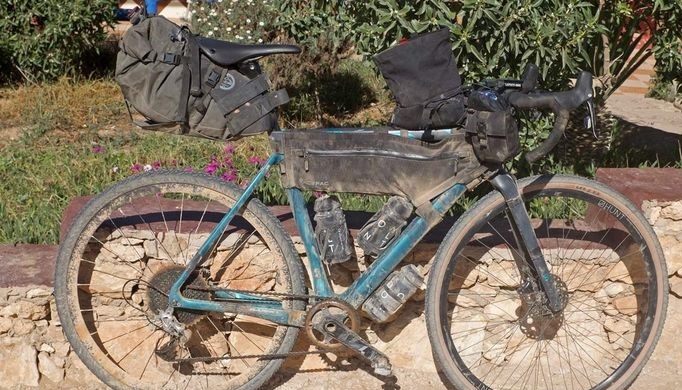
Or you can answer for me first. If I like long-distance cycling, like to explore more places I haven't been to, and will ride for more than 10 days or more, what kind of bike should I choose?